The Myth of Quetzalcoatl
Religion, Rulership, and History in the Nahua World
Alfredo Lpez Austin
Translated by Russ Davidson
with Guilhem Olivier
University Press of Colorado
Boulder
2015 by University Press of Colorado
Published by University Press of Colorado
5589 Arapahoe Avenue, Suite 206C
Boulder, Colorado 80303
All rights reserved
Printed in the United States of America

The University Press of Colorado is a proud member of The Association of American University Presses.
The University Press of Colorado is a cooperative publishing enterprise supported, in part, by Adams State University, Colorado State University, Fort Lewis College, Metropolitan State University of Denver, Regis University, University of Colorado, University of Northern Colorado, Utah State University, and Western State Colorado University.
This paper meets the requirements of the ANSI/NISO Z39.481992 (Permanence of Paper).
ISBN: 978-1-60732-390-7 (paper)
ISBN: 978-1-60732-399-0 (ebook)
Library of Congress Cataloging-in-Publication Data
Lpez Austin, Alfredo.
[Hombre-dios. English]
The myth of Quetzalcoatl : religion, rulership, and history in the Nahua world / Alfredo Lpez Austin ; translated by Russ Davidson with Guilhem Olivier.
pages cm
Summary: The Myth of Quetzalcoatl is a translation of Alfredo Lpez Austins 1973 book Hombre-Dios: Religin y poltica en el mundo nhuatl. Despite its pervasive and lasting influence on the study of Mesoamerican history, religion in general, and the Quetzalcoatl myth in particular, this is the first English translation of the work Provided by publisher.
ISBN 978-1-60732-390-7 (cloth) ISBN 978-1-60732-399-0 (ebook)
1. Aztec mythology. 2. AztecsSocial life and customs. 3. Quetzalcoatl (Aztec deity) I. Title.
F1219.3.R38L5913 2015
972dc23
2014048160
24 23 22 21 20 19 18 17 16 15 10 9 8 7 6 5 4 3 2 1
Foreword
Return to Quetzalcoatl
DAVD CARRASCO
It is the capacity for rising to a clear perception of structures of thought and knowledge, of their similarities and criteria of truth and validity; above all a grasp of their central principlesand therefore of what is the nerve and muscle and what the surrounding tissue in any human construction, what is novel and revolutionary in a discovery and what is development of existing knowledgethat lifts men intellectually. It is this that elevates them to that power of contemplating patterns, whether permanent or changing, buried in, or imposed on, the welter of experience, which philosophers have regarded as mans highest attribute; but even if they are mistaken in this, it is surely not an unworthy goal for what we like to call higher education.
Isaiah Berlin, The Power of Ideas
In the last ten years I have worked on one of Mexicos most beautiful and revealing early colonial pictorial maps, the Mapa de Cuauhtinchan No. 2. One challenging question when facing the historical puzzle of the labyrinthine story of the Chichimecas is, when did the narrative show major changes or turning points? Asking this same question about major turning points in Mesoamerican studies leads us to this new publication and the sustained innovative achievements and clear perception of structures of thought and knowledge by the Mexican anthropologist Alfredo Lpez Austin.
Did his profound impact on Mesoamerican studies begin with his twovolume Cuerpo humano e ideologia: Las concepciones de los antiguos nahuas (1987), published in English as Human Body and Ideology: Concepts among the Ancient Nahuas (1988)? Some may argue that the Spanish and English versions of his synthetic The Myths of the Opossum: Pathways in Mesoamerican Mythology (1993) or his Tamoanchan/Tlalocan: Places of Mist (2000) were the game changers. An argument can be made that it all began as far back in his succinct 1975 article Algunas ideas acerca del tiempo mitico entre los antiguos nahuas and took a new turn with his Oxford Encyclopedia of Mesoamerican Cultures article Cosmovision (2000). In Mesoamerican archaeology, perhaps Proyecto Templo Mayor, directed by Eduardo Matos Moctezuma was the greatest turning point in the last fifty years. For Maya linguistic studies, we can pin the prize for game changing on the cracking of the Maya code over several decades with some credit to Linda Schele as the pioneer. In written scholarship, my answer to the question, where and when did a superior Mesoamerican turning point in interpretation beginwhere did a new grasp of central principles show forthis Lpez Austins Spanish edition of Hombre-Dios: Religin y Poltica en el Mundo Nhuatl, first published in 1973. With the University Press of Colorados smart move to publish Russ Davidsons meticulous translation of this book under the title The Myth of Quetzalcoatl: Religion, Rulership, and History in the Nahua World, we discover where and how Lpez Austin elevated the discourse through his power of contemplating unseen patterns, permanent and changing, that were buried in, or imposed on, the welter of experience in Mesoamerica.
To begin to grasp Lpez Austins significance and influence in Mesoamerican studies just peruse the articles of the recent publication The Art of Urbanism: How Mesoamerican Kingdoms Represented Themselves in Architecture and Imagery, edited by William Fash and Leonardo Lpez Lujn. You see traces of Lpez Austins vision, language, categories, writings, insights, and arguments throughout the fifteen essays, often acknowledged by individual authors and present without acknowledgment. His writings about hombre dios, divine possession, tamoanchan, cuerpo humanos, myths of the opossums, the altepetl, monte sagrados, and cosmovision have come to permeate Mesoamerican scholarship as those of no other thinker in recent memory. This influence and new interpretive language all started with this books publication in Spanishand now this book has a new birth in English.
This return to Quetzalcoatl is appropriate, for in his new introduction to this book, Alfredo writes about the cyclical character of his work. As though describing the serpentine and circular pathways of the Mapa de Cuauhtinchan he writes, One constantly returns to the causes that underlay and inspired the resolve to write; the roads we face, and take, become circular. For him his obsession with the complexity and richness of the mysterious nature of the history of Quetzalcoatl and the city of Tollan led him to write Hombre-Dios, wherein he identified the bedrock questions that led his prodigious, amazing career to move forward and backward.
I believe the present publication in English will reveal the book to be what the great Italian essayist Italo Calvino calls a classic. In his free-flowing essay Why Read the Classics, Calvino gives fourteen suggested definitions of a classic, including a book that has never finished saying what it has to say. For Spanish-speaking readers this book is already a classic, still saying much and well over forty years after it first appeared. Now the classic is reborn in English, and soon many more students and colleagues at a growing number of universities will gain access to the authors deeply engaged work on the religious imagination of the long and continuing history of Mesoamerican societies.


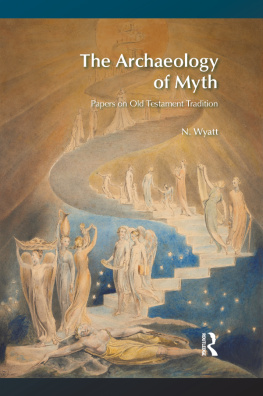
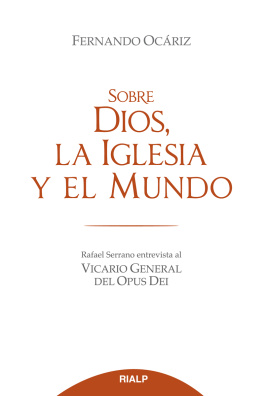
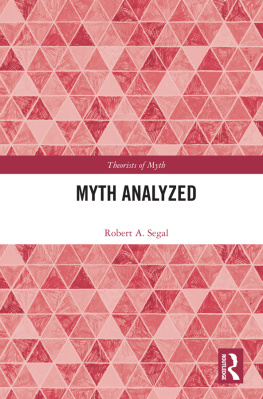
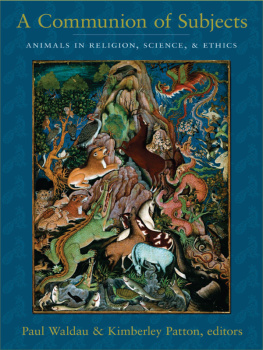
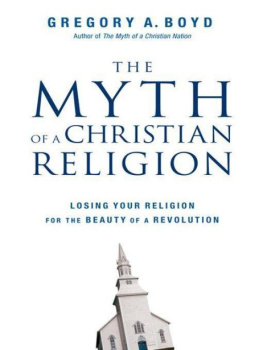
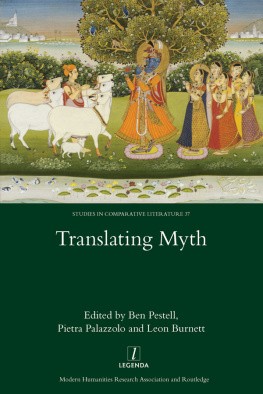
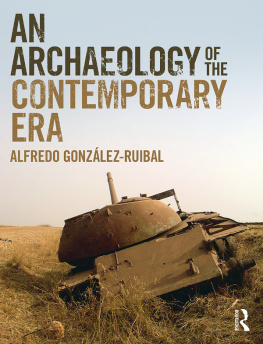
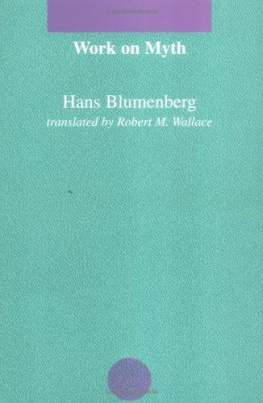

 The University Press of Colorado is a proud member of The Association of American University Presses.
The University Press of Colorado is a proud member of The Association of American University Presses.